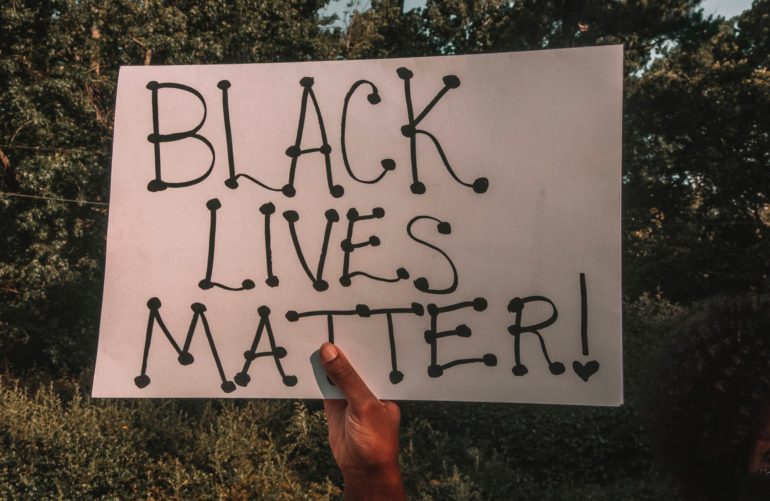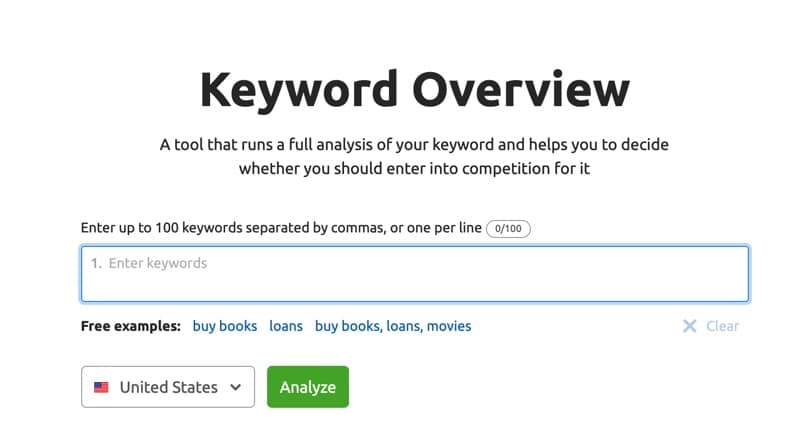Right now, many Black creators are sharing content and social media posts about their personal experiences with anti-Black systemic racism and policing. For Black creators who are expanding their content creation without having a background in digital marketing, there’s a risk of this important work not getting the attention it deserves. Luckily, digital marketers have a lot of SEO tips for your Black Lives Matter content. With these SEO tips, Black creators can have their work stand out!
Use Search Engine Optimization (SEO) for Your Content

Since providing good content keeps people coming back to search engines, search engines, like Bing and Google, create algorithms to make sure users are consistently getting the best content. SEO is a set of practices that increase your website’s or content’s page rank on search engine result pages by making your content the best version of what search engine algorithms are looking for.
Here’s how you can use SEO tip to make your Black Lives Matter content rank better:
Use Keywords
Keywords are the topic of your writing. They’re the terms people search for when they want to learn something. When you search for “Black Lives Matter”, you’re searching for a keyword phrase. You should use one or two keywords in your piece five times.
Use Long-Tail Keywords
Long-tail keywords are more specific and less frequently used than regular keywords, but they get more people looking at your content because of how specific they are. “Black Lives Matter protests in New York City” is an example of a long-tail keyword. You should use one or two of these in your piece too.
Use Related Keywords
Also known as semantically linked keywords, related keywords are terms you’d probably put in your writing anyway because they’re connected to your keyword. It’s just a good idea to know what the related keywords are and pepper them throughout on purpose since that’ll improve your content’s rank. “BLM” and “what is Black Lives Matter” are both related keywords.
Avoid Keyword Stuffing
Keyword stuffing is when you put too many keywords into your writing. It makes search engines think that you’re trying to manipulate them just to get clicks, so you’ll get bounced from the results.
Use Headings, Subheadings, and Bullets
- Headings split your articles into parts, subheadings split those parts into sections, and bullets split sections into digestible chunks.
- Headings, subheadings, and bullets make your content scannable. That way people can quickly decide if they want to read your stuff.
- Scannable content lowers your bounce rate, which is the measure of how many people quickly leave your page.
- A low bounce rate improves your position on search engine result pages (SERPs).
- Headings, subheadings, and bullets are great places for keywords and related keywords.
Get Backlinks
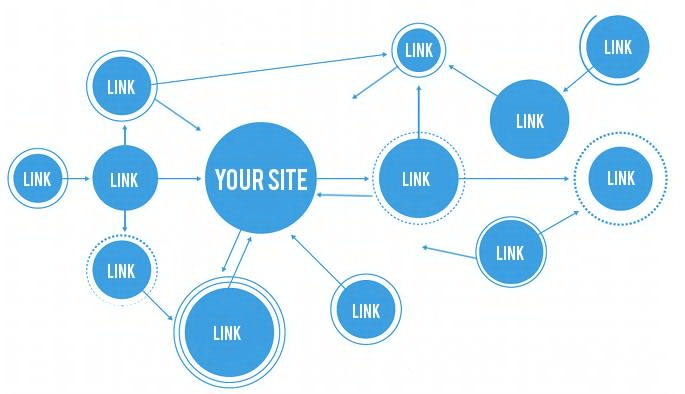
Backlinks get you more views. They improve your page rank because they’re an endorsement that you’ve created content worth viewing. One way to get backlinks is simply to ask people to link to your content! You can even ask influencers. Oftentimes, people do in fact share your work just because you asked! Not all backlinks are the same, though, so avoid unrelated or unreliable sources.
Link to Authoritative Sources
Linking to authoritative content connected to your work helps search engines categorize your work. The text that is clicked on to direct people to the linked content is known as “anchor text”.
The best anchor text is:
- To the point
- About the linked-to content
- Not stuffed with keywords
- Unique
If your piece touched upon why you support prison and police abolition, for example, then a good anchor text might be the phrase “prison and police abolition”.
Link to Internal Sources
If you have your own website or blog, this step is for you. Linking to your other pages:
- Helps search engines map your website.
- Gets more eyes on more of your content.
- Improves the authority of the linked-to page.
- Ups your ranking because users stay longer.
Use Images, Graphs, and Video
There’s a lot of reasons to use images, graphs, and video in your content:
- They make your piece easier to read by providing breaks.
- They get people to spend more time with your work.
- They are easily shared on social media.
- They get you more attention on social media.
- They get you more views if someone else uses them in their own work.
- They come up on search engine result pages.
You can use your own images, or get free images on websites like Unsplash or Pexels.
Use SEO Tools
Naturally, your piece will have keywords, related keywords, and long-tail keywords. Using them intentionally, however, can boost your page rank and impact. So, where do you find all this info? With SEO tools!
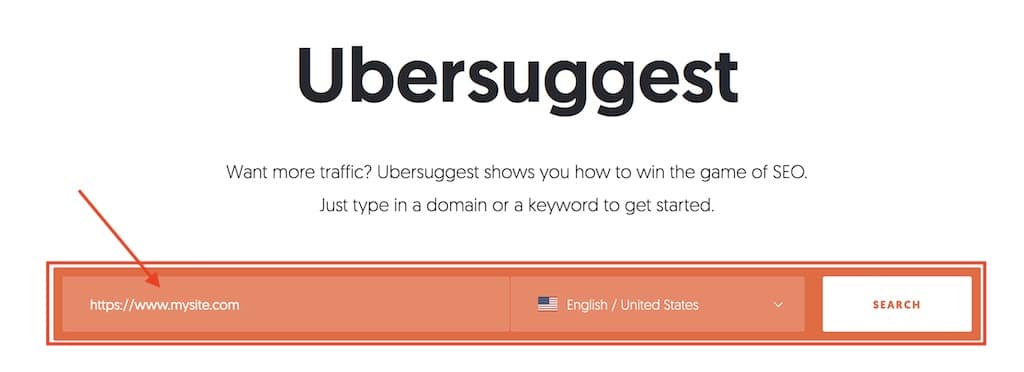
Ubersuggest
Ubersuggest is great because it’s free. Just type in your word in the search bar, and then click on the keyword section on the left hand side. You’ll see keywords and the related keywords. The questions, prepositions, and comparisons can inspire your long-term keywords!
SEMrush Writing Assistant
The SEMrush writing assistant is great because it provides all the tools you need to follow SEO best practices. It’s a plugin that works with Google Docs and Wordpess. You’ll need to use the SEMrush one week free trial to use it . Remember to cancel the trial so you don’t get automatically charged.
Once installed, you simply enter the keyword, and the writing assistant tells you everything you need to know! That includes:
- If you’ve used the keyword enough.
- Related keywords and whether or not you’ve used them
- Whether you’re using headings and subheadings.
- If your sentences are too long.
- If your language is too hard to understand.
- Your overall SEO score.
- And more!
Pick a Good Title
Make the title of your piece short, to the point, and clear. Studies show that superlatives in a title actually decrease readership, so avoid them.
Fill out all Your Social Media Info
You want all your social media connected so people can find more of your content (if you want them to). You can also provide contact information like an email in your bio. To avoid too many emails, you can create an account just for dealing with people contacting you because of your content. Also, make your Facebook and Twitter cover photos something eye catching since they’re the first and biggest thing people will see on your accounts.
Use Social Media to Promote Your Content
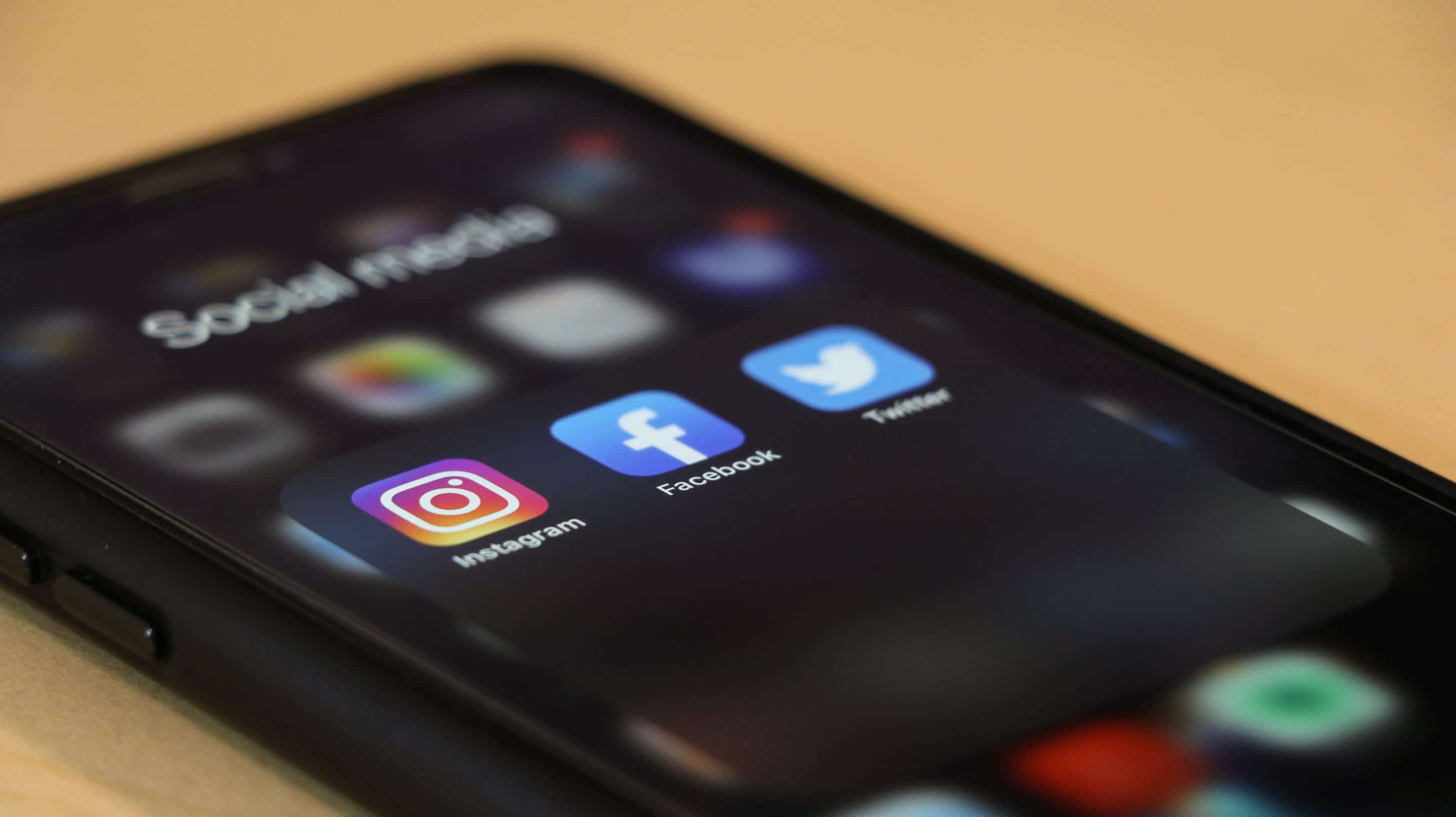
Digital marketers have got social media down to a science. If you use some of these SEO tips, you’ll be able to maximize your exposure and engagement!
How Long Your Social Media Posts Should Be
Digital marketers have calculated the ideal number of characters your posts should be depending on the platform you’re sharing on. They are:
- Facebook: 40 to 50 characters.
- Twitter: 71 to 100 characters.
- Instagram: Under 125 characters (so your whole caption shows).
- LinkedIn: Under 140 characters (before the “see more” button appears).
Your posts can be longer, but if you’re sharing a link to something you’ve written, a video, image, etc, then this is a good rule of thumb.
Ask for Re-Tweets
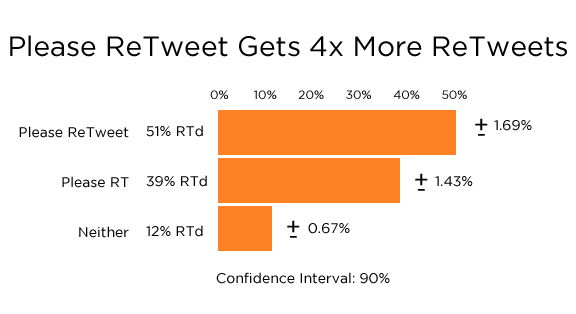
Hubspot did a Retweet study and found that literally saying “Please Retweet” led to Retweets 51% of the time! Saying “Please RT”, meanwhile, led to Retweets 39% of the time. So make sure to ask!
Use Hashtags
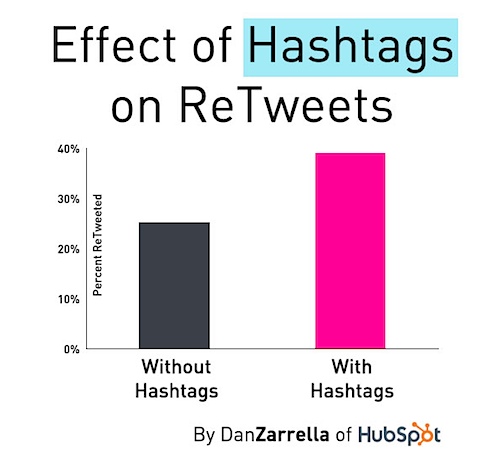
According to HootSuite, you should always use hashtags. Hashtags can lead to an engagement increase as high as 1,065%, and make you 33% more likely to get Retweeted!
Use Images, Gifs, or Videos
HootSuite has also found that images, gifs, and videos significantly increase engagement compared to Tweets without them.
- Gifs get 55% more engagement.
- Images lead to 313% more engagement.
- Video gets you 10 times more engagement.
Make Your Posts at the Best Times
Sometimes posting right away works out great, but if you can hold off just a little you might be able to get more eyes on your work. Sprout Social figured out the best times to post content. This data was collected after the Coronavirus pandemic began, so it’s accurate now. You can post on multiple platforms, just make sure you’re not posting the exact same text (unless the text itself is the content).
Knowing when to post should also help you avoid getting lost in a deluge of posts that may occur when a particular hashtag is being used to continuously update on an ongoing event. It can also keep that hashtag free so people can get those continuous updates. This was an issue when too many people and brands started using #BlackLivesMatter during Black Out Tuesday, which clogged the hashtag.
Here are the best times to post based on the social media platform according to Sprout Social:
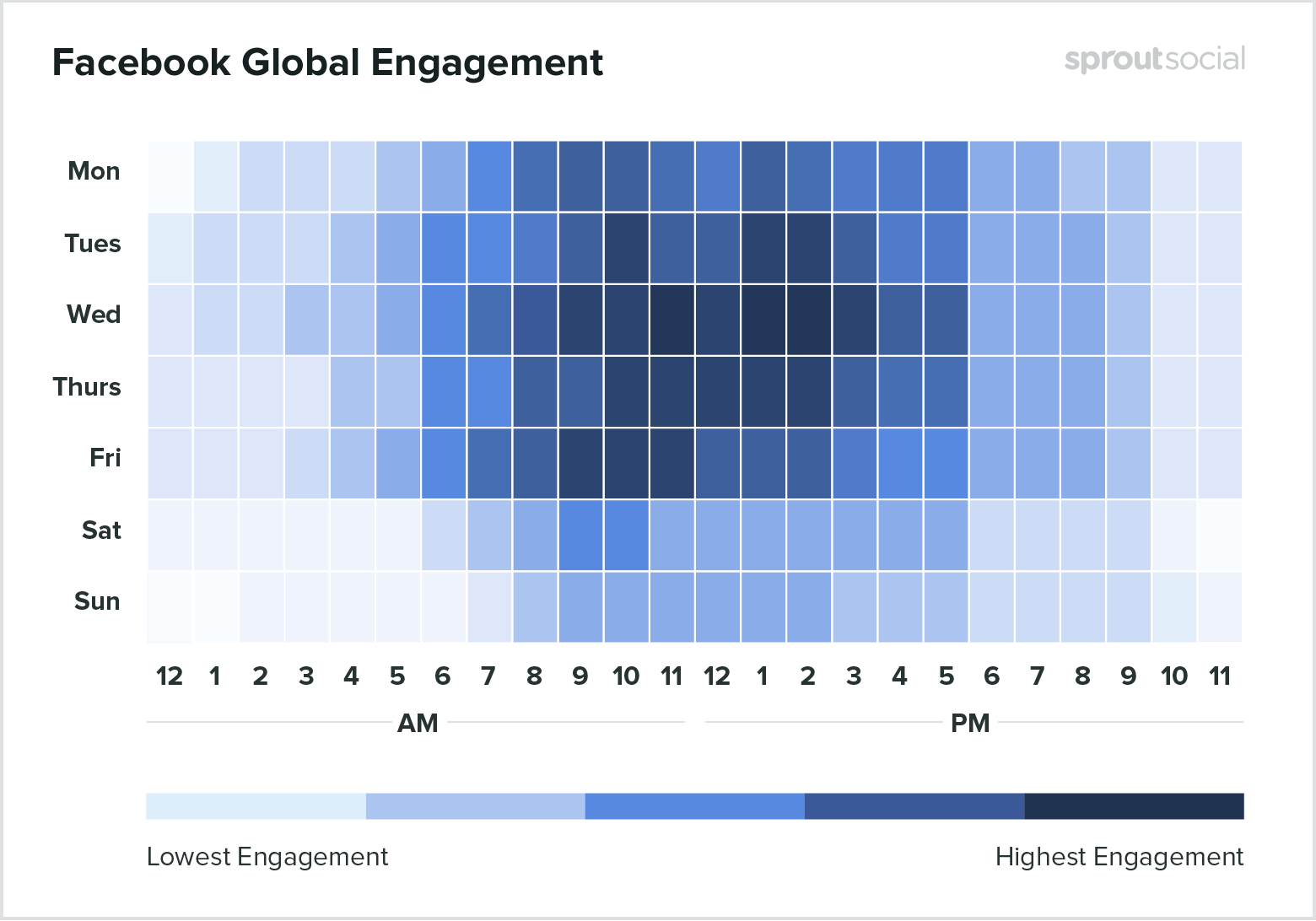
- Facebook
- Best times: Wednesday, 11 a.m. and 1–2 p.m.
- Best day: Wednesday
- Worst day: Sunday

- Instagram
- Best times: Wednesday at 11 a.m. and Friday from 10 a.m.–11 a.m.
- Best day: Wednesday
- Worst day: Sunday

- Twitter
- Best times: Wednesday and Friday at 9 a.m.
- Best days: Wednesday and Friday
- Worst day: Saturday

- LinkedIn
- Best times: Wednesday from 8–10 a.m. and noon, Thursday at 9 a.m. and 1–2 p.m., and Friday at 9 a.m.
- Best day: Wednesday and Thursday
- Worst day: Sunday
How to Make a Viral Video

You may have already noticed that video can make a big difference, but here are some stats to back that up. As reported by Hubstop, when given the choice between text and video on a page, 72% of users choose video. And if someone enjoys a video, there’s an 83% chance they’ll share it with someone. Pretty good reasons to add a video component to your post!
You don’t actually need money or props to make a video. A lot of videos with millions of views are straight to video make-up tutorials, people taking things out of their packaging (unboxing), or someone quietly talking and crinkling up bits of paper (ASMR). So, your video can just be you talking directly into your phone camera.
Here are some viral video tips:
Keep it Short
Just seeing that a video is long might be enough to discourage people from watching it. So, keep things short! Even 45 to 60 seconds might be enough. Although, your video can be longer and still get plenty of viewers, likes, and Retweets.
Stay Focused
Don’t crowd your videos with ideas. Just focus on one clear topic. And don’t tack anything onto the end because it may make people wonder what the whole point of video was to begin with.
Use Emotion
Viral videos are emotionally evocative. They make us laugh, cry, get excited, get mad, etc. Since you’ll be talking about something personal to you, it’ll be hard to not evoke emotion.
Choose a Good Title
A good title has to be clear, concise, and tell your viewer what they’re about to see. The title also needs to be around 56 characters because that’s the point at which Youtube cuts your title off. Try to have your keyword in the title if you can.
Don’t Rely on Sound
On Facebook, upwards of 85% of videos are watched without sound. So, make it possible to watch your video without audio. That can be as simple as adding closed captioning to it!
Make a Good Thumbnail
Make your thumbnail something that’s emotionally evocative and makes it clear what your video’s about. After all, the first part of your video many people see is its thumbnail, so it’s important it’s a good one!
Don’t Doxx Protestors
If you’re recording your video live at a protest, try your best not to get any other people in the shot. There’s legitimate concern of police officers targeting protestors, figuring out who they are, fining them, or worse.
Consider TikTok
TikTok is having a cultural moment right now. While not getting the same amount of eyes across demographics as Youtube, TikTok is still making a lot of viral videos. TikToks are 15 seconds max in length, but you can make a minute long one by stringing four TikToks together. TikTok can be another way to get more eyes on your content!
Break the Rules
Sometimes breaking the rules plays a big part in why your video goes viral; sometimes your video goes viral in spite of you breaking the rules. There’s no one answer! Just remember that these rules are meant to help, so if they’re not helpful don’t follow them!
What to do After You’ve Posted

Photo by Andrea Piacquadio from Pexels
Share it
If you’re posting something important to you, text or email it to people you know and ask them to share it on social media, via text, email, and on any group chat apps like Slack. This sort of digital word of mouth is known as “Dark Social”. It’s called that because if you’re looking at what’s moving traffic in your direction, it’s hard to tell if it’s coming from email, text, Slack, a Playstation chat, etc. Dark social is important because people are more likely to read and share something if it comes via a more personal channel like email, text, or Slack. Also, not everyone uses social media.
Don’t Follow Everyone Back
The ratio between the number of people you follow and don’t follow on Twitter is important. If you follow close to the same amount of people who follow you or more, then that will make it look like a follow from you isn’t as important.
Make a list if you want to follow people without making the number of people you follow go up. Accounts in lists still appear in your news feed. Lists are also a great way to amplify voices because they make it easy to follow a bunch of people at once.
Don’t Get Cropped Out
If your content is a post on FB, Twitter, Instagram, etc, you may end up getting cropped out of your own content. This may occur either intentionally or unintentionally. Someone might just screenshot your work and share it without realizing your face or avatar plus any hashtags at the end or beginning have been cut off.
Knowing that, however, might not make it any less painful if you end up experiencing Black erasure as part of sharing your personal experience. One way around this problem is including your hashtags and name (or account name) in the body of your post.
Prepare Emotionally
It can take a toll on you emotionally if you go viral, so give yourself space to process that. You don’t have to read every comment or keep refreshing your phone to see how your work is doing, as exciting or cathartic as it may be. And while you’re likely to get an overwhelmingly positive response for sharing something personal, since we’re talking about systemic anti-Black racism it may get some discriminatory responses too. It is the internet, after all!
Engage Commentators
Talking with people who share your work can get more eyes on it. Engagement and commenting also both improve the likelihood of your work appearing in your friends’ feeds on social media. You may want to steer clear of arguing, though, because of the toll it can take on you. Humor is an effective way of dealing with trolls, so if you feel compelled to respond, a meme or a gif may be the easiest route. Plus, gifs and images will just drive more engagement!
Bottom Line
If you’re a Black creator sharing personal content about your own experience with anti-Black systemic racism or mistreatment by police, you may already have content that a lot of people are going to share. Videos, essays, Tweets, etc are consistently going viral. But these SEO tips are really easy to use and can get you even more views! And, of course, these digital marketing best practices are applicable to all types of content.


